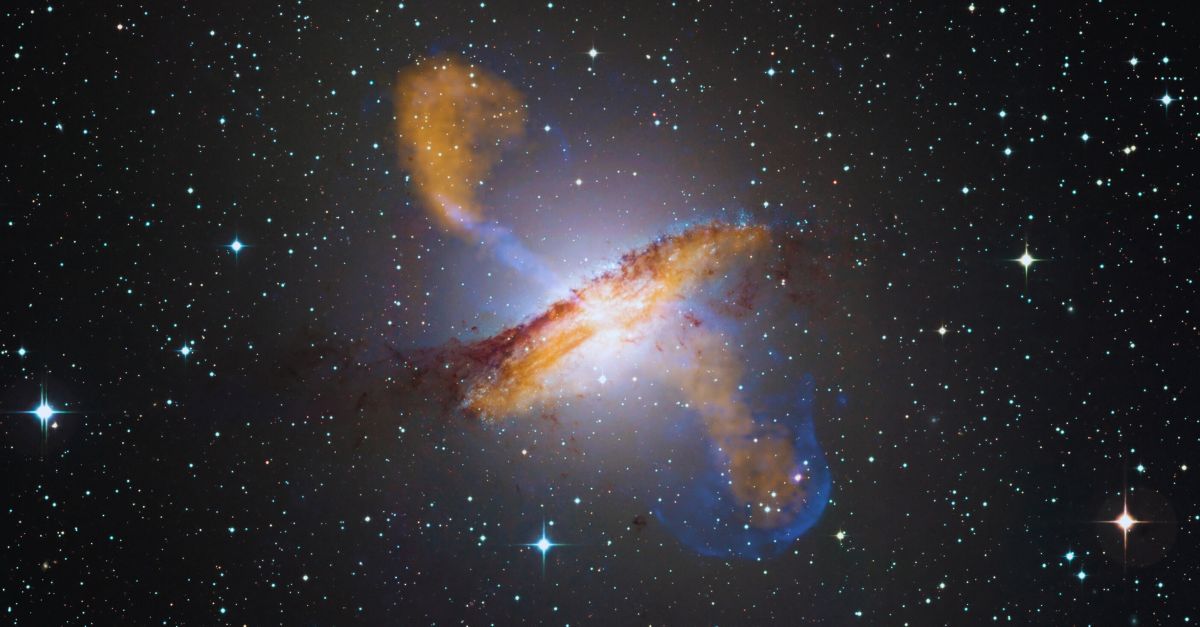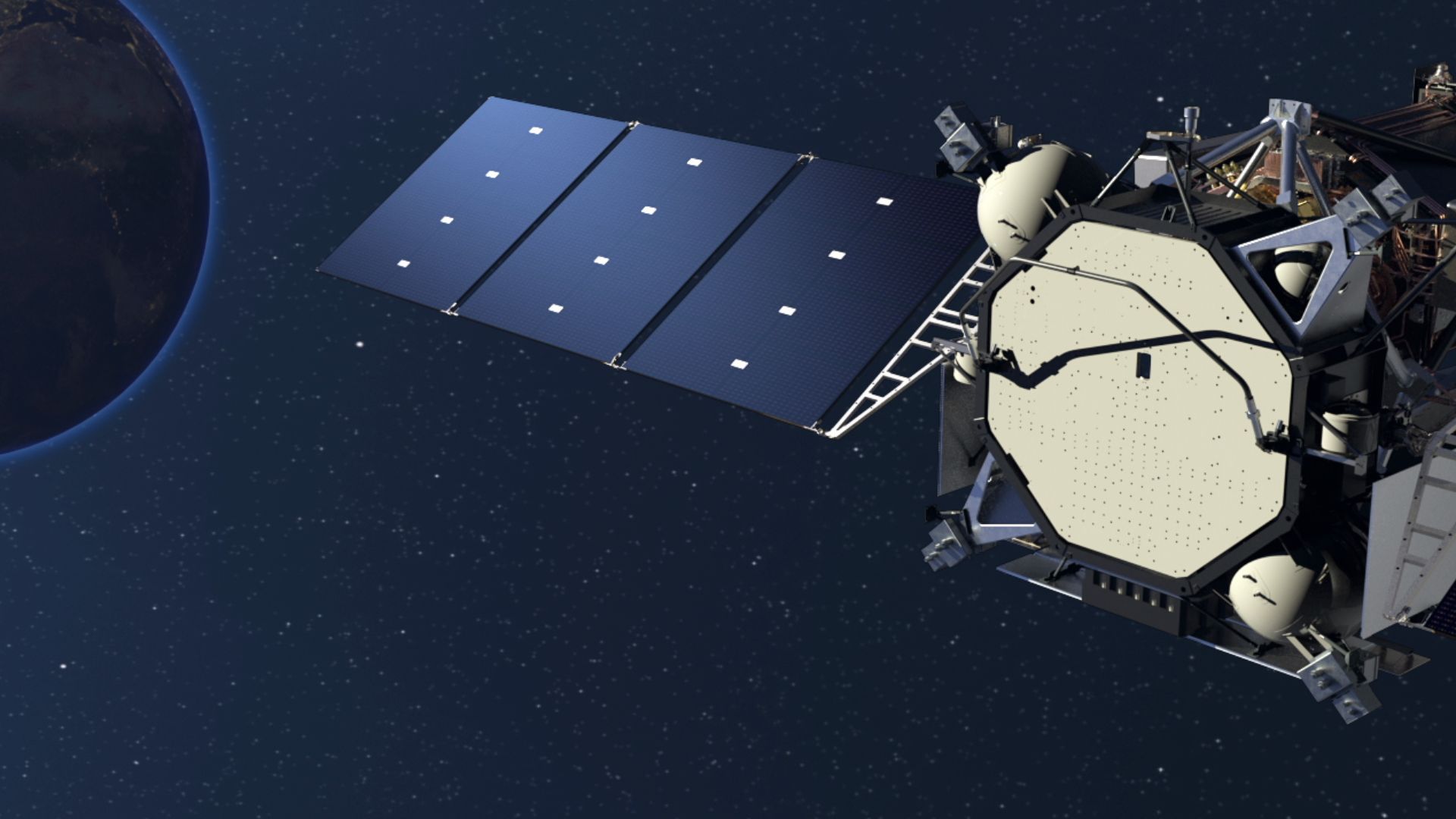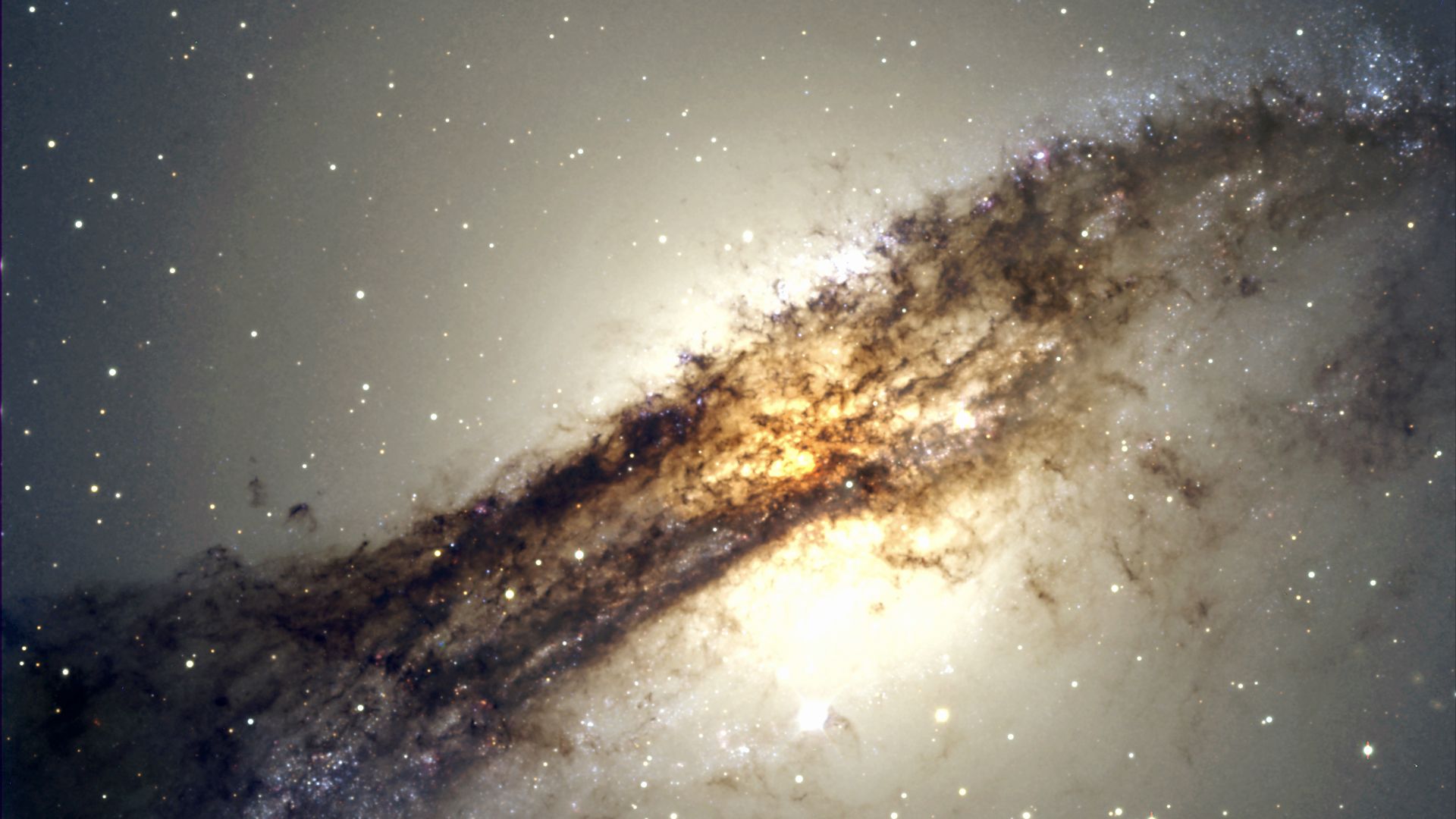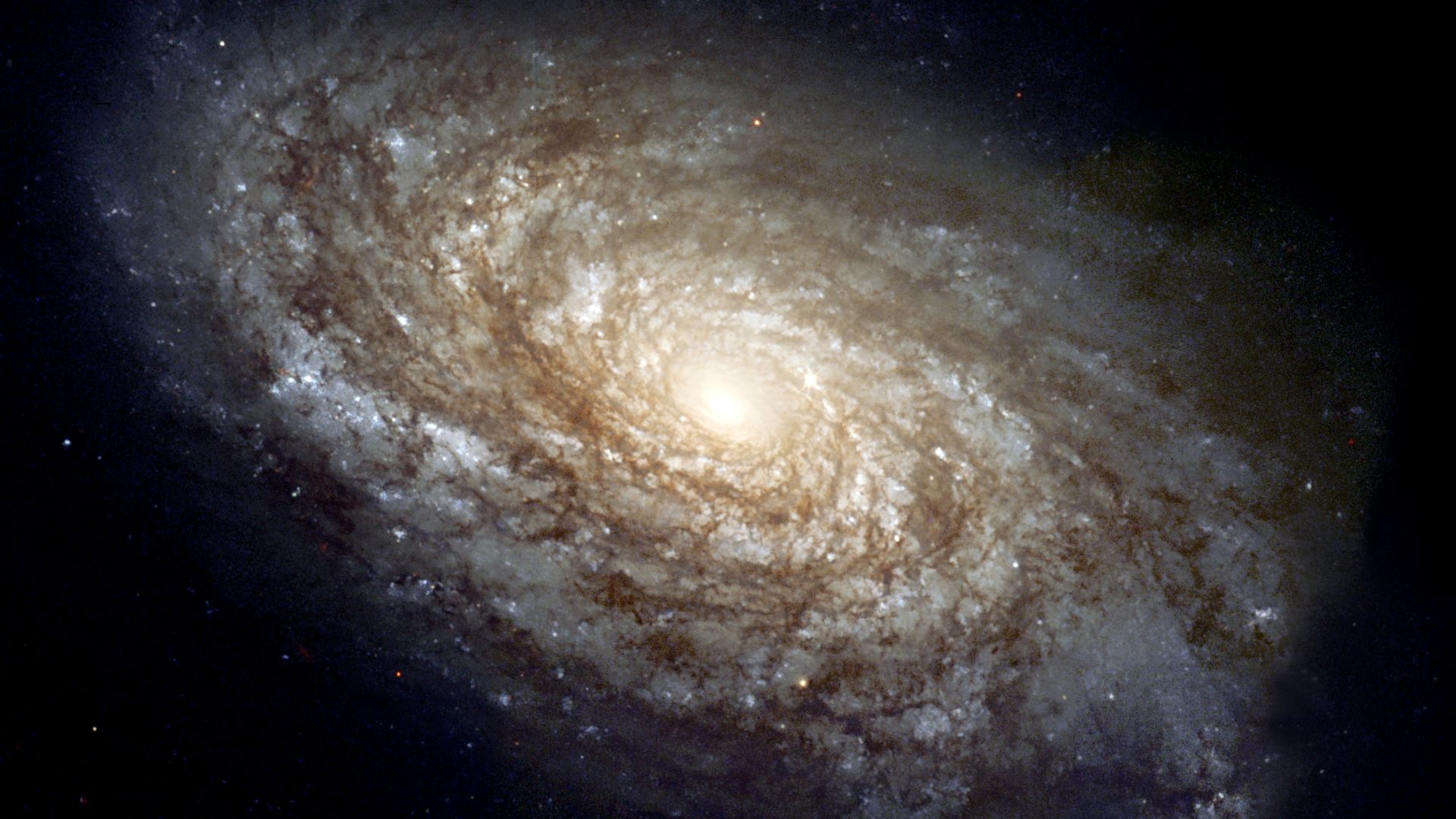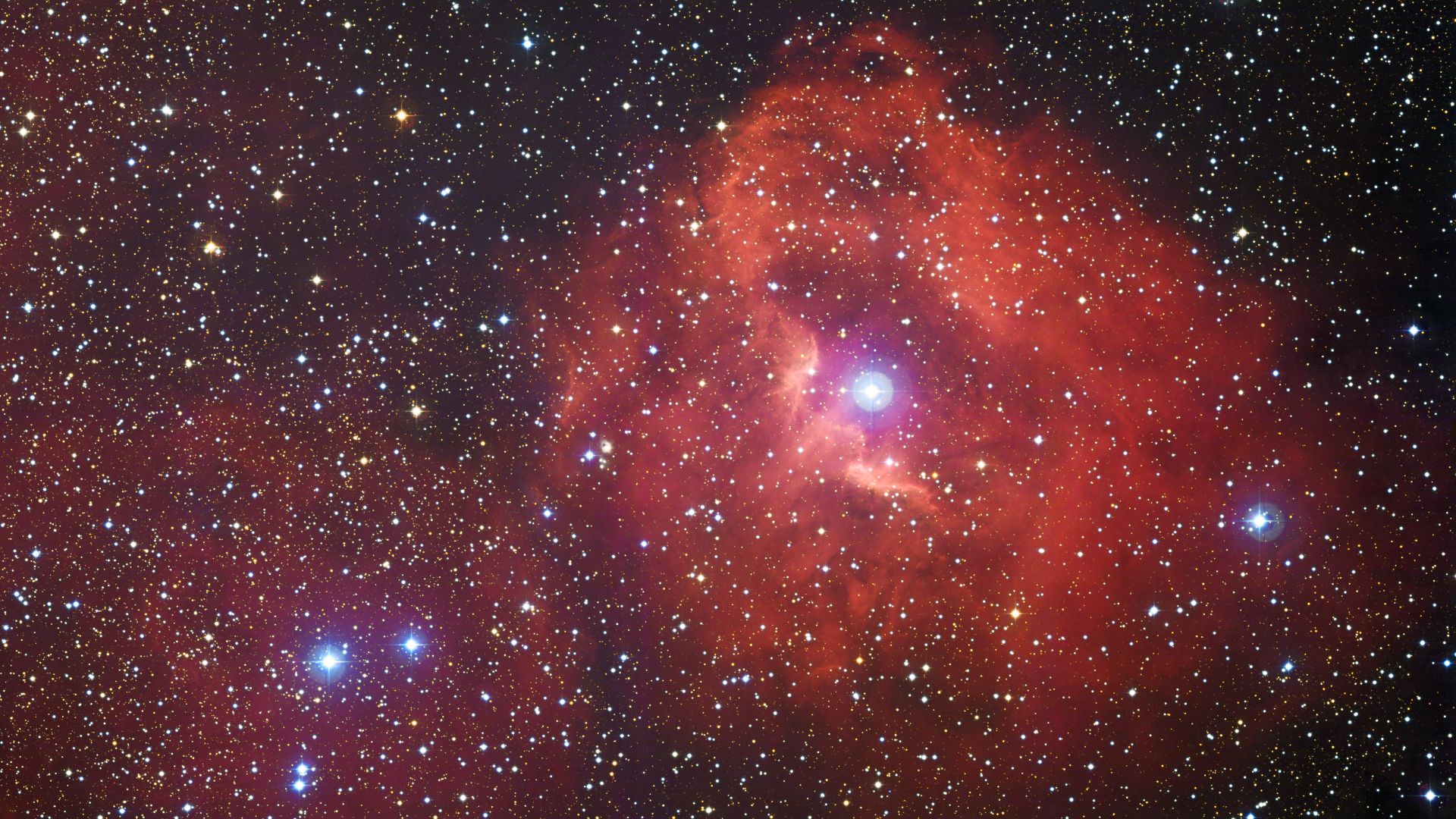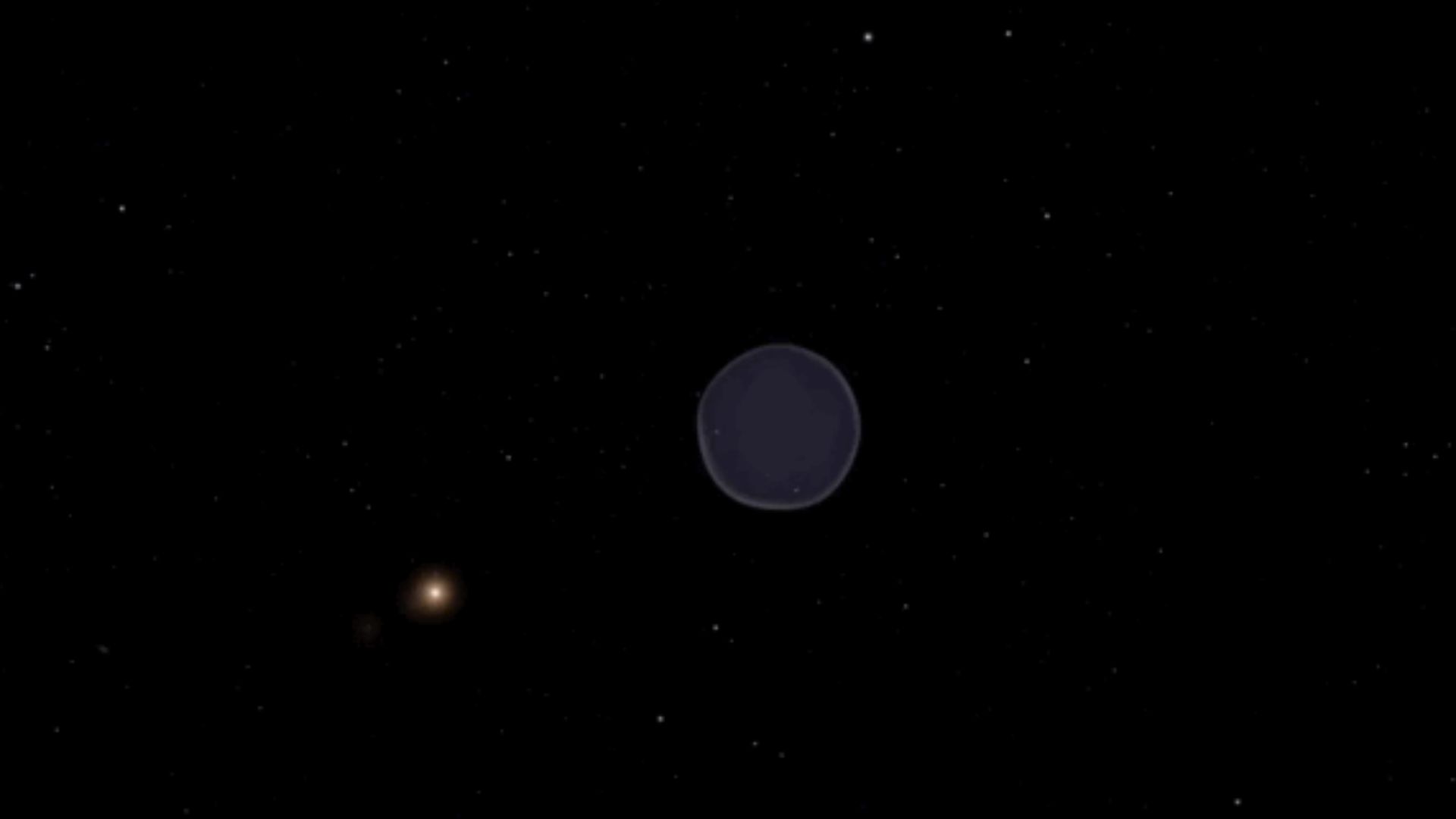Starry Secrets
Space isn't empty. It has structure, movement, and now even tunnels. Obviously, it's not the kind you drive through, but something much more interesting. And we never knew they existed until now.

Discovery Confirmation
Quite recently, a group of scientists headed by examiners from the Max Planck Institute for Extraterrestrial Physics in Germany confirmed an interesting discovery. It was mainly linked with interstellar tunnels connecting the Local Hot Bubble (LHB) to distant star systems.
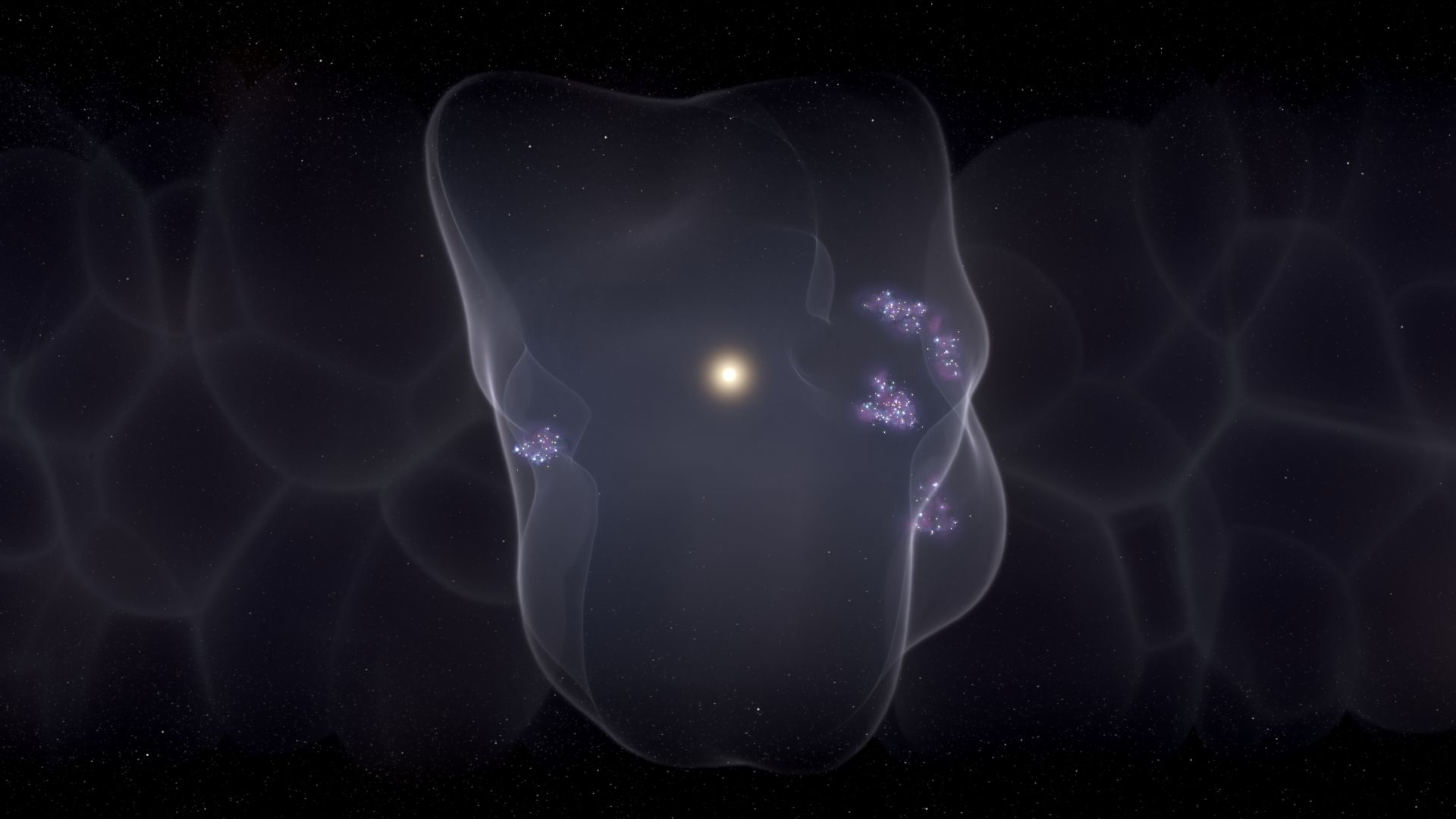 ILLUSTRATION: CfA, Leah Hustak (STScI), Wikimedia Commons
ILLUSTRATION: CfA, Leah Hustak (STScI), Wikimedia Commons
Dedicated Research Team
Key contributors to the study include Michael Yeung, a PhD student specializing in high-energy astrophysics, and Michael Freyberg, an astronomer at the institute. The research team also included collaborators from establishments like the University of Science and Technology of China.
X-Ray Telescope
Using advanced X-ray data from the eROSITA telescope, part of the Spectrum-Roentgen-Gamma mission, they created a detailed 3D map of the LHB, revealing plasma-filled pathways stretching toward constellations like Centaurus and Canis Major. Their findings were published in Astronomy & Astrophysics and have reshaped similar theories.
Local Hot Bubble Structure
The resulting tunnels exist within the Local Hot Bubble (LHB), a 300-light-year-wide region surrounding our solar system. This bubble contains hot, low-density plasma at millions of degrees Celsius, which is developed by supernova explosions that occurred millions of years ago.
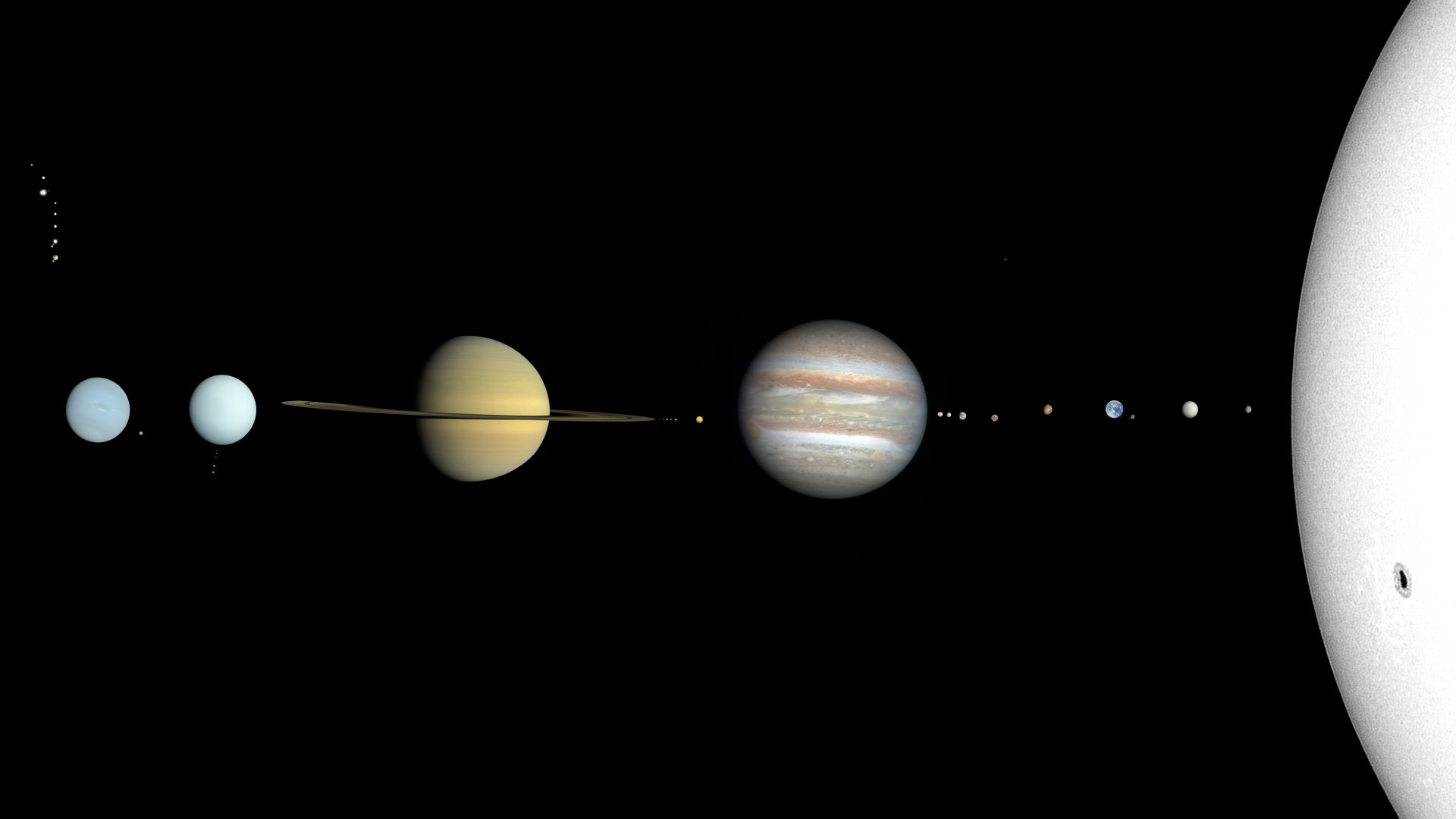 CactiStaccingCrane, Wikimedia Commons
CactiStaccingCrane, Wikimedia Commons
Bubble Dimensions
The Local Hot Bubble, also known as the Local Bubble, is a massive cavity in the interstellar medium spanning approximately 1,000 light-years. It is part of the Orion Arm of the Milky Way galaxy and has an elongated or hourglass-like shape.
 Incredible Discovery About The 1000 Light Year Local Bubble by Anton Petrov
Incredible Discovery About The 1000 Light Year Local Bubble by Anton Petrov
Formation Mechanism
A couple of supernova explosions ejected enormous energy, clearing out surrounding gas and dust. Stellar winds from nearby stars further shaped these structures. These winds are streams of charged particles ejected from the outer atmospheres of stars, which can heat and clear out surrounding material.
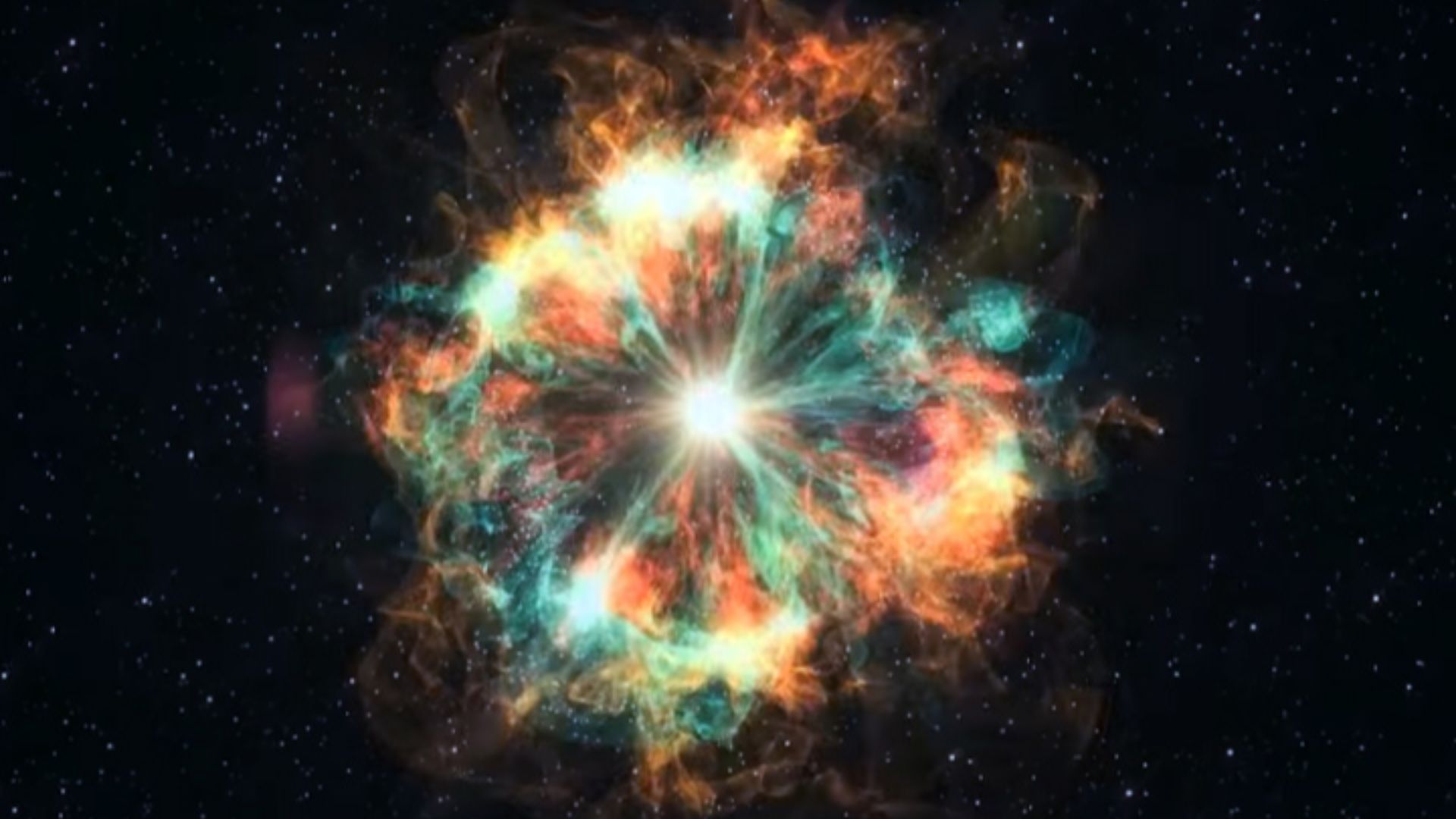 MTV International on Youtube, Wikimedia Commons
MTV International on Youtube, Wikimedia Commons
Detection Technology
The eRosita X-ray telescope aboard the Spectrum-Roentgen-Gamma mission provided important data. After all, it specializes in detecting soft X-rays emitted by hot plasma with energies below 0.2 keV. These emissions are characteristic of the million-degree gas filling the LHB.
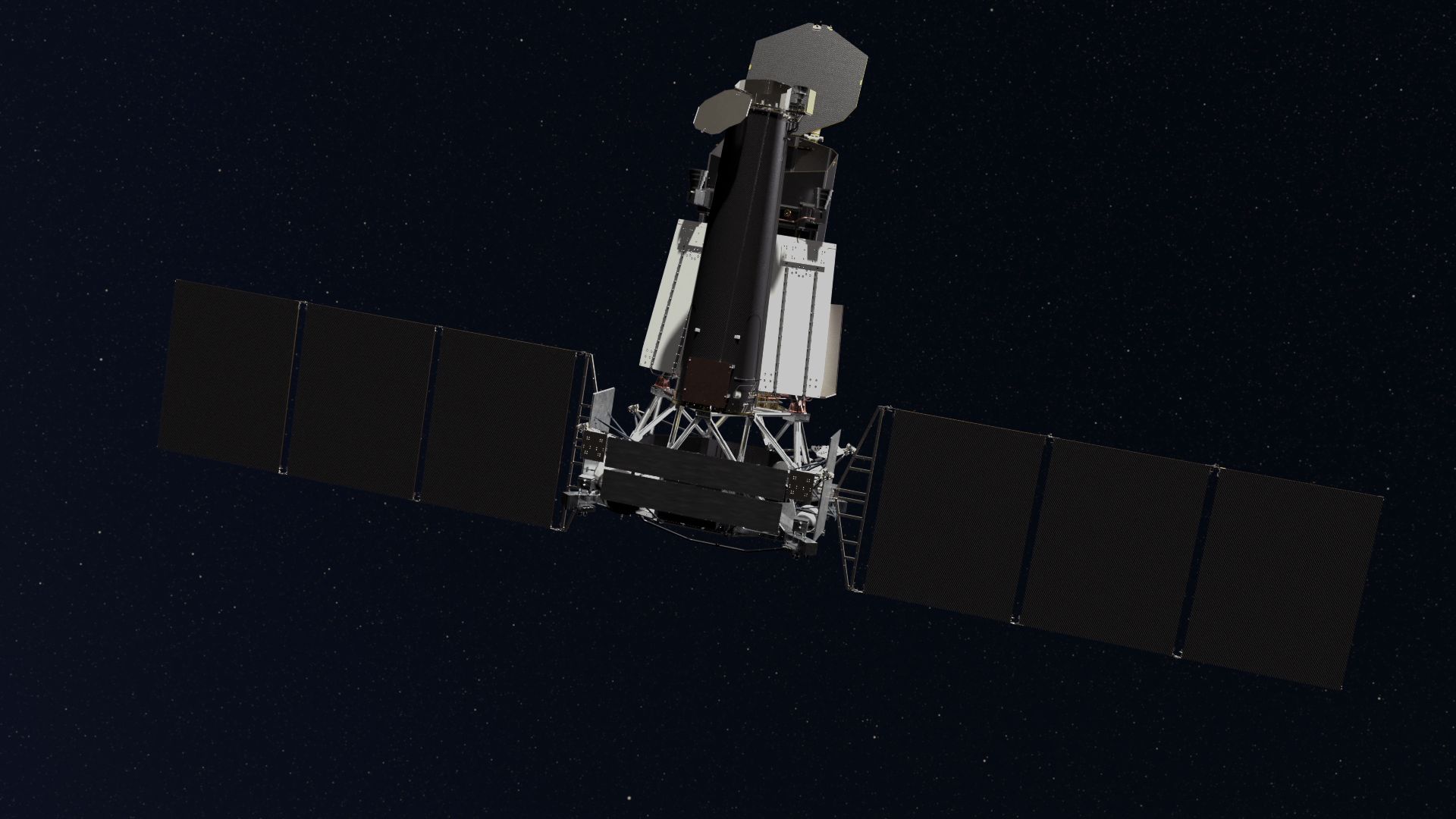 DLR German Aerospace Center, Wikimedia Commons
DLR German Aerospace Center, Wikimedia Commons
Observation Methods
eROSITA’s ability to observe from an orbit external to Earth's geocorona eliminates contamination from solar wind charge exchange, ensuring accurate data collection. eROSITA's sensitivity and spectral resolution surpass previous X-ray observatories like ROSAT. This permitted scientists to detect variations in temperature within the LHB.
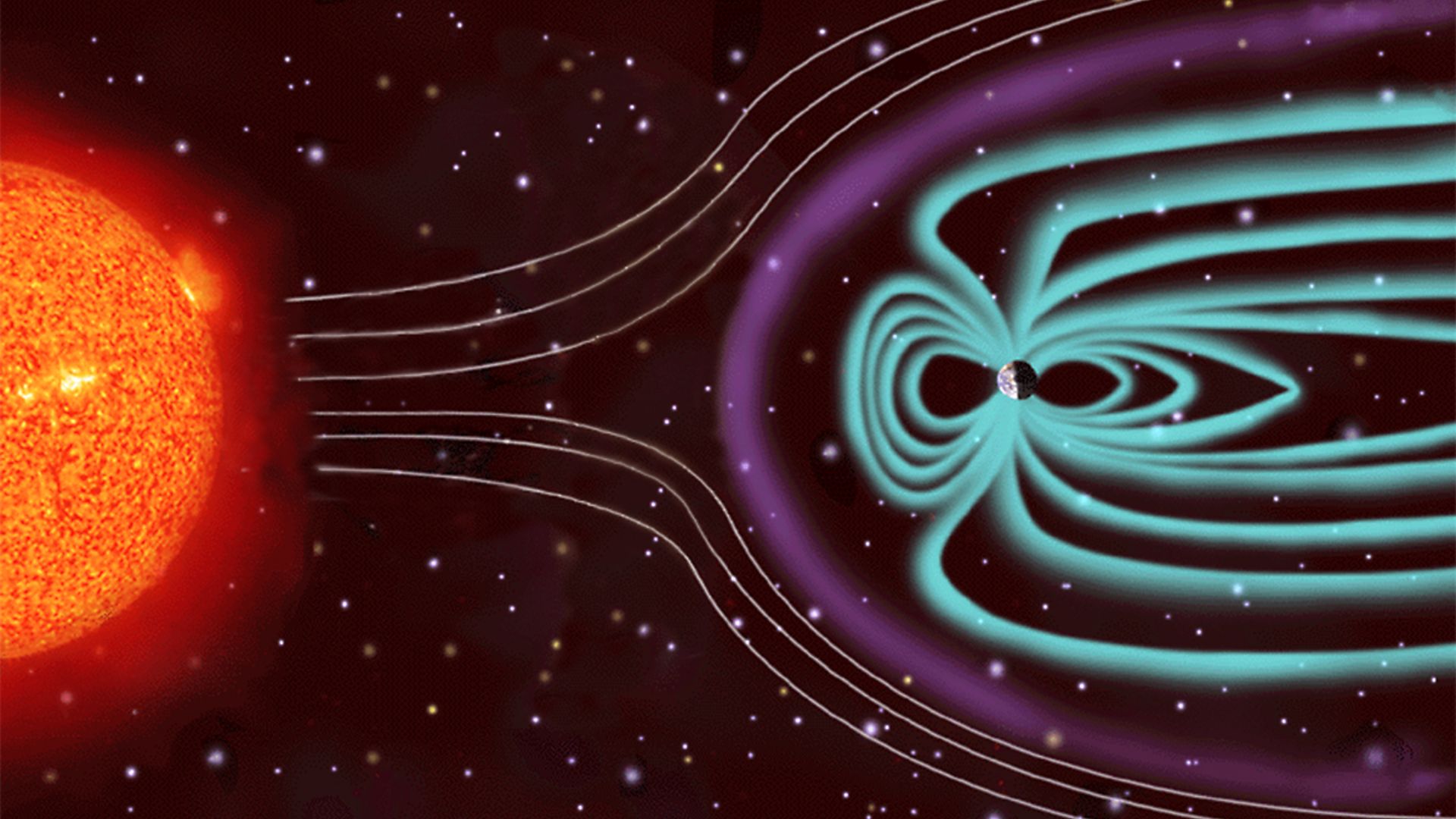 Image Editor, Wikimedia Commons
Image Editor, Wikimedia Commons
Cosmic Mapping
Using eROSITA's data, researchers crafted a detailed three-dimensional model of the LHB's hot gas distribution. This model brought to their sight asymmetries in temperature and shape, which in turn provided insights into the bubble's dynamic evolution influenced by past supernova explosions.
Mapping Methodology
Basically, those involved took on a systematic approach to divide the sky into thousands of observational sectors based on signal-to-noise ratios. They did so by combining eROSITA matter with earlier ROSAT survey results. This contour binning method allowed them to focus on regions with consistent X-ray emission levels.
Data Collection
Note that the bins were carefully aligned with features such as superbubbles and supernova remnants. The eROSITA telescope provided high-resolution data in the soft X-ray range (0.2–10 keV). It literally captured emissions from hot plasma within the LHB.
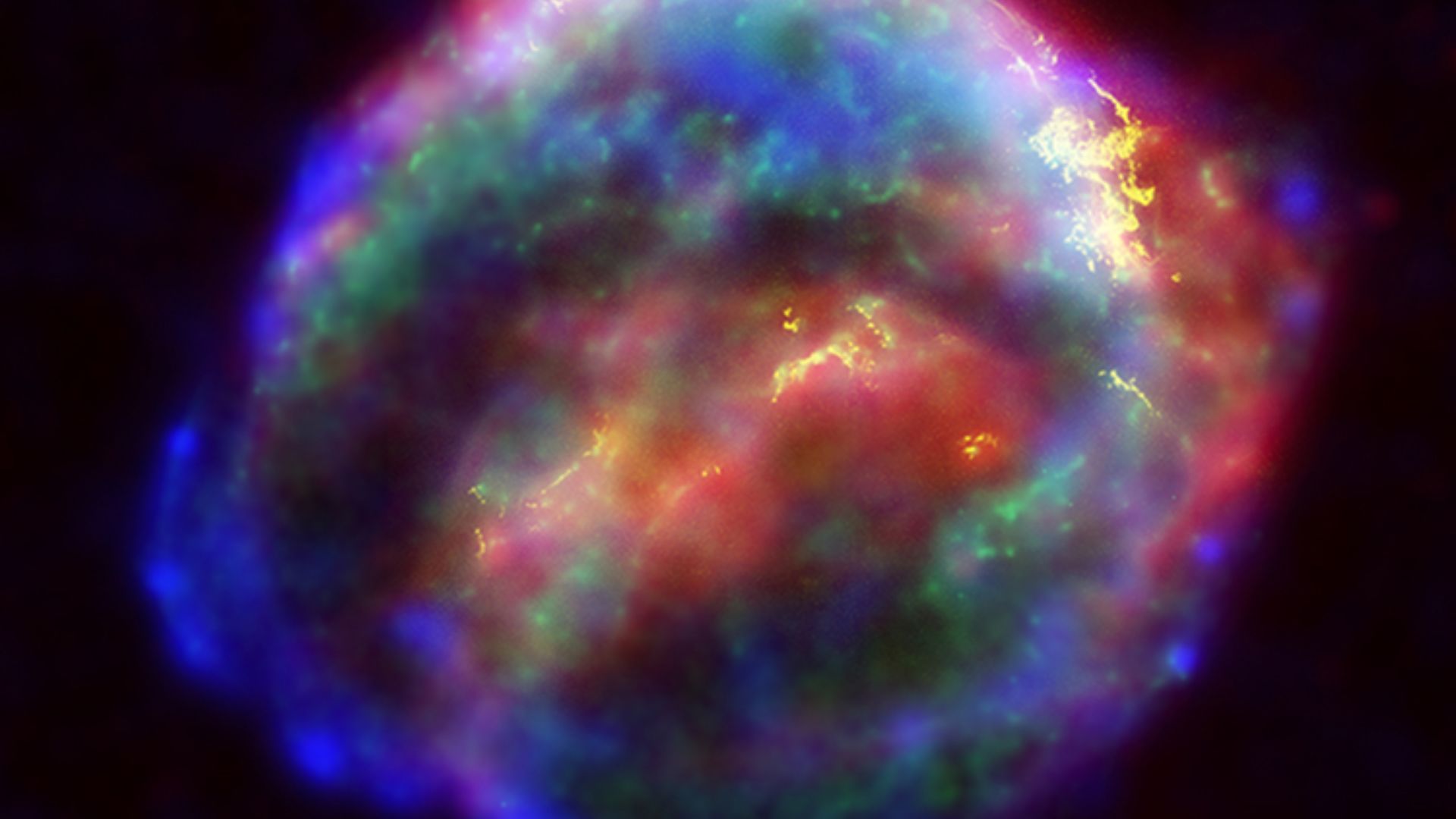 NASA/ESA/JHU/R.Sankrit & W.Blair, Wikimedia Commons
NASA/ESA/JHU/R.Sankrit & W.Blair, Wikimedia Commons
Interstellar Channels
Here’s what was found. The 3D maps revealed large-scale tunnels or channels extending from the LHB toward Centaurus and Canis Major. These channels are gaps within cooler interstellar material, filled with hot plasma, and likely connect the LHB to neighboring superbubbles.
Centaurus
Centaurus is a prominent constellation located in the southern hemisphere. It is one of the largest and brightest constellations in the night sky, rich in stars and deep-sky objects. The constellation is named after the mythological creature, the centaur, which is half-human and half-horse.
Canis Major
About Canis Major, it means "Greater Dog”. This is another huge constellation located in the southern celestial hemisphere and is best known for containing Sirius, the brightest star in Earth's night sky. Canis Major spans an area of approximately 380 square degrees.
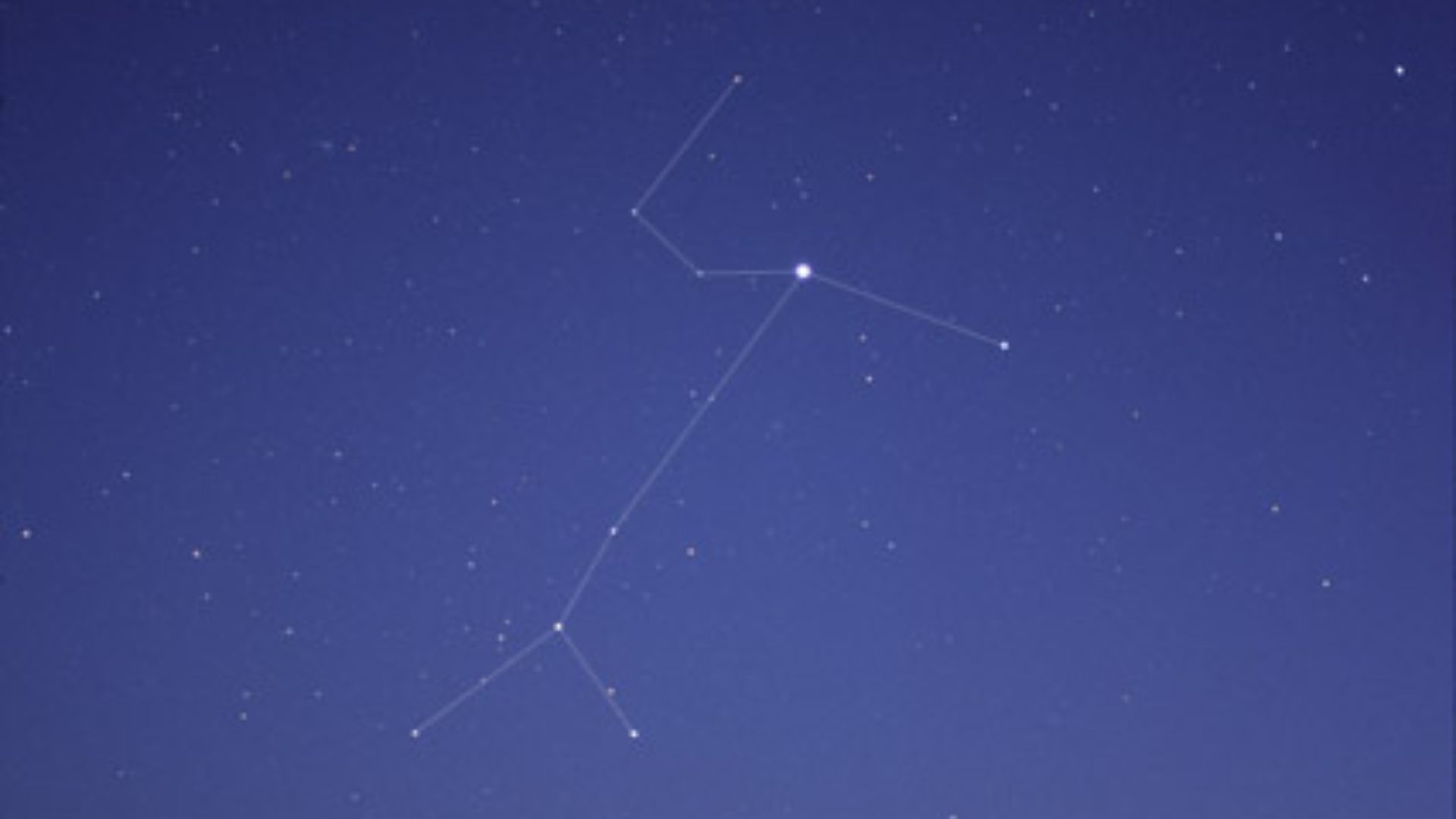 Till Credner, Wikimedia Commons
Till Credner, Wikimedia Commons
Temperature Variations
Additionally, the maps showed great temperature variations across the LHB, with hotter regions near these channels. This suggests recent supernova activity may have reheated parts of the bubble. The Galactic South was slightly hotter, with temperatures around 0.12 keV (1.4 million Kelvin).
Pressure Connections
These variations provide critical insights into the bubble's evolution and connections to neighboring superbubbles, which are facilitated by interstellar tunnels acting as "openings". Areas with lower thermal pressure suggest openings or "escape tunnels" connecting the LHB to superbubbles like the Gum Nebula.
Interstellar Connectivity
The tunnels function as "cosmic highways," connecting star-forming regions and pockets of heated gas. They are basically remnants of ancient supernova explosions, where massive stars reached the end of their life cycles and exploded. This causes the release of enormous energy.
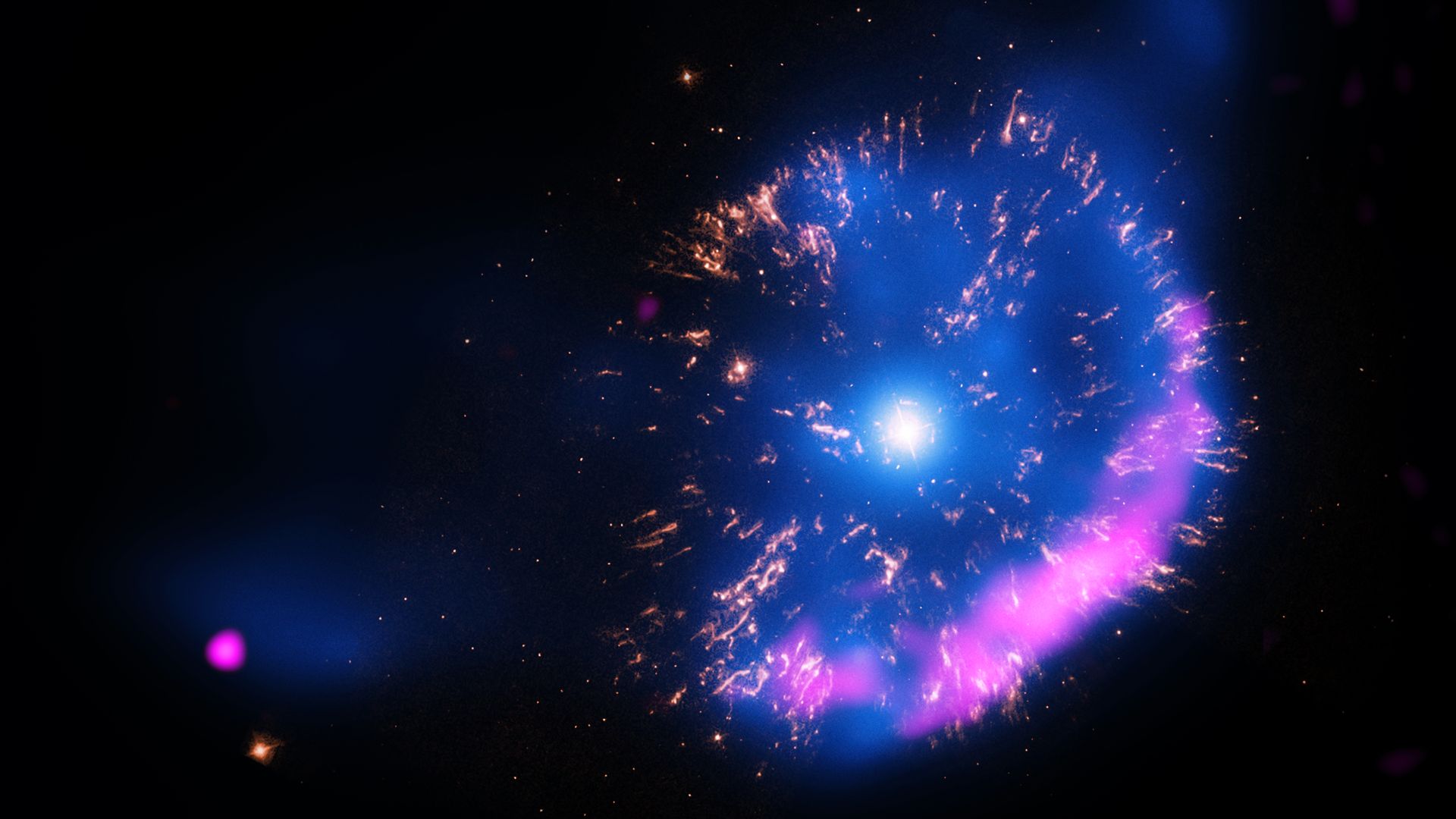 X-ray: NASA/CXC/RIKEN/D.Takei et al; Optical: NASA/STScI; Radio: NRAO/VLA, Wikimedia Commons
X-ray: NASA/CXC/RIKEN/D.Takei et al; Optical: NASA/STScI; Radio: NRAO/VLA, Wikimedia Commons
Star Formation
Redistributing gas and dust through these tunnels creates favorable conditions for star formation in connected regions. Heavy elements essential for planet formation are also distributed via these pathways. They play an important role in forming life-supporting environments across galaxies.
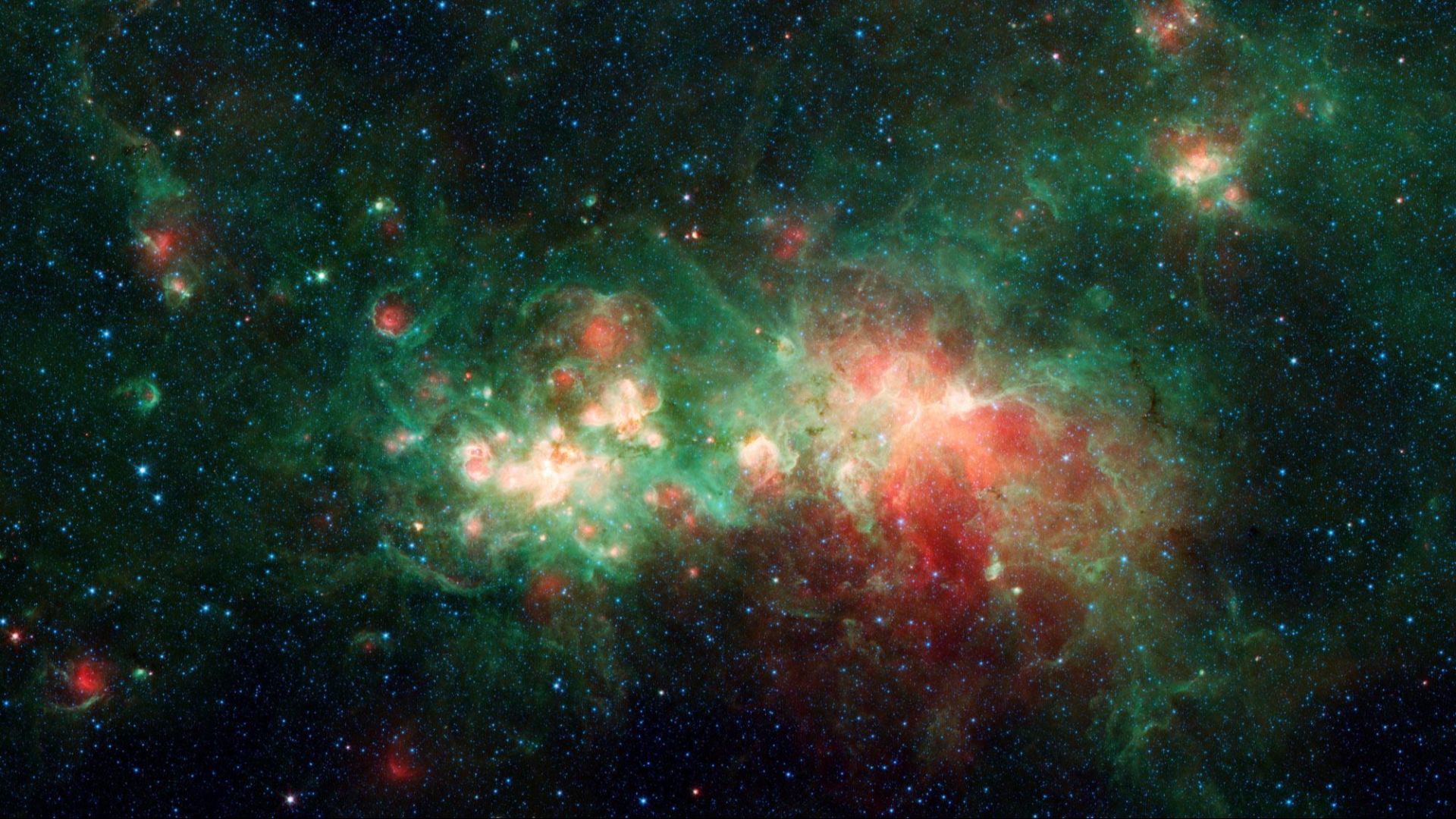 NASA/JPL-Caltech, Wikimedia Commons
NASA/JPL-Caltech, Wikimedia Commons
Previous Theories
The discovery of an interstellar tunnel within the Local Hot Bubble aligns with a 1974 theory. The theory was introduced to explain unusual observations of X-ray emissions in the Milky Way. Scientists hypothesized that these emissions could originate from hot plasma within superbubbles.
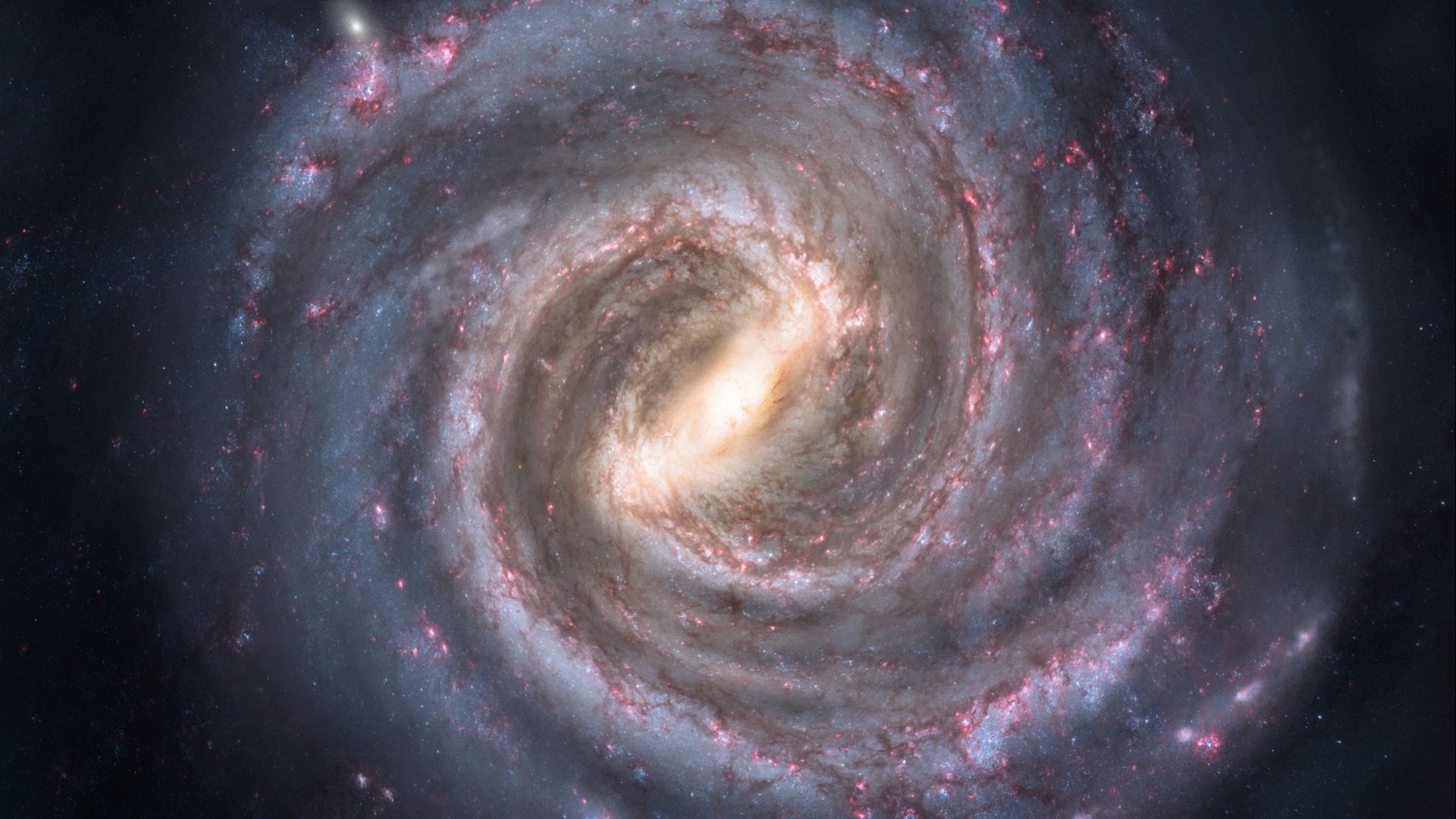 Nick Risinger, Wikimedia Commons
Nick Risinger, Wikimedia Commons
Previous Theories (Cont.)
It proposed that these superbubbles were not isolated but linked by tunnels or pathways that allow material to flow between regions. As bubbles expand and collide, they create tunnels at their interfaces. What is formed then is a network-like galactic structure.
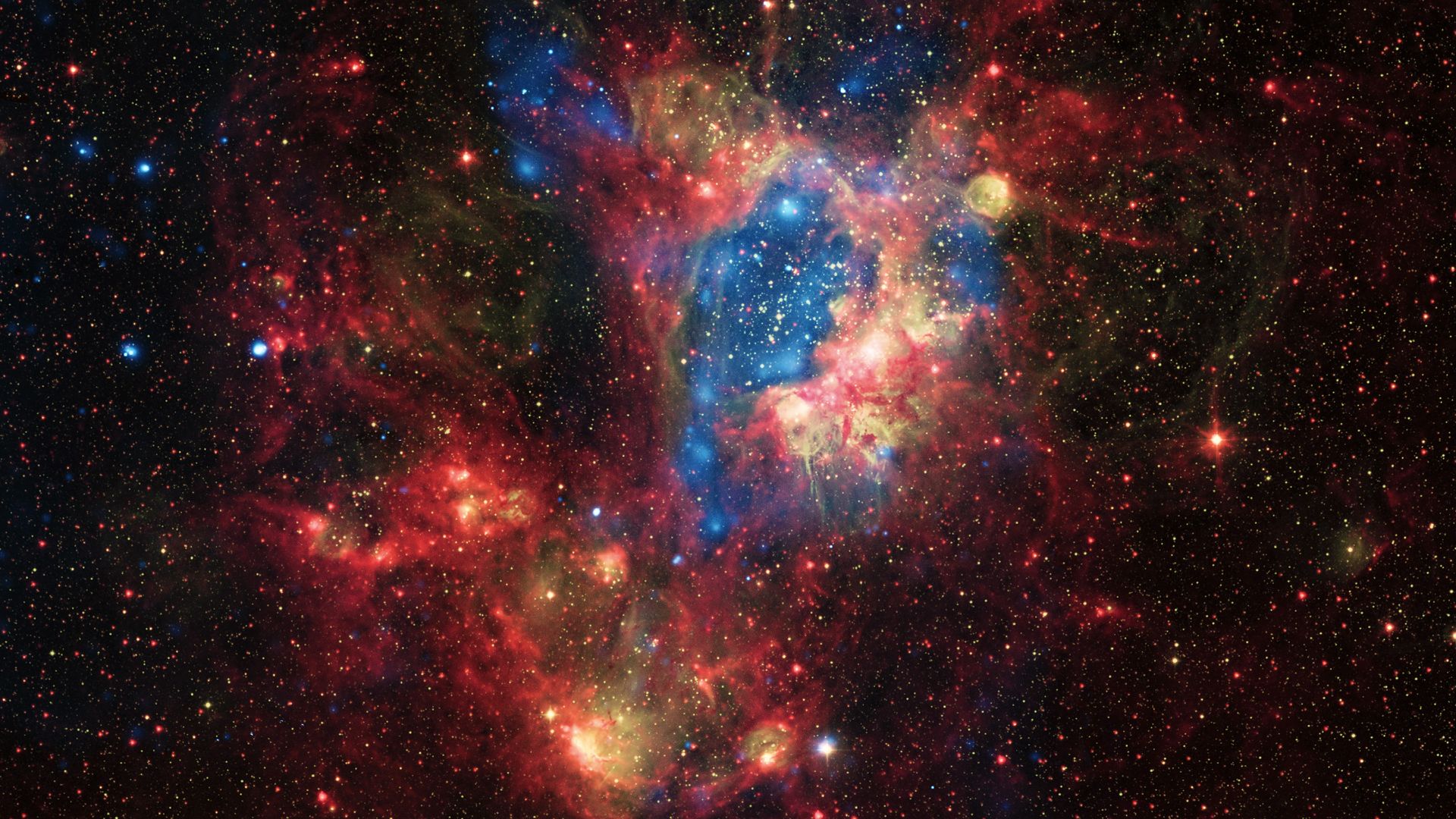 Optical: ESO, X-ray: NASA/CXC/U.Mich./S.Oey, IR: NASA/JPL, Wikimedia Commons
Optical: ESO, X-ray: NASA/CXC/U.Mich./S.Oey, IR: NASA/JPL, Wikimedia Commons
Magnetic Field Elements
Magnetic fields intricately shape and maintain these tunnels. They guide charged particles within the plasma, ensuring they move along specific pathways. This guidance is essential for maintaining the structure of interstellar tunnels over vast distances.
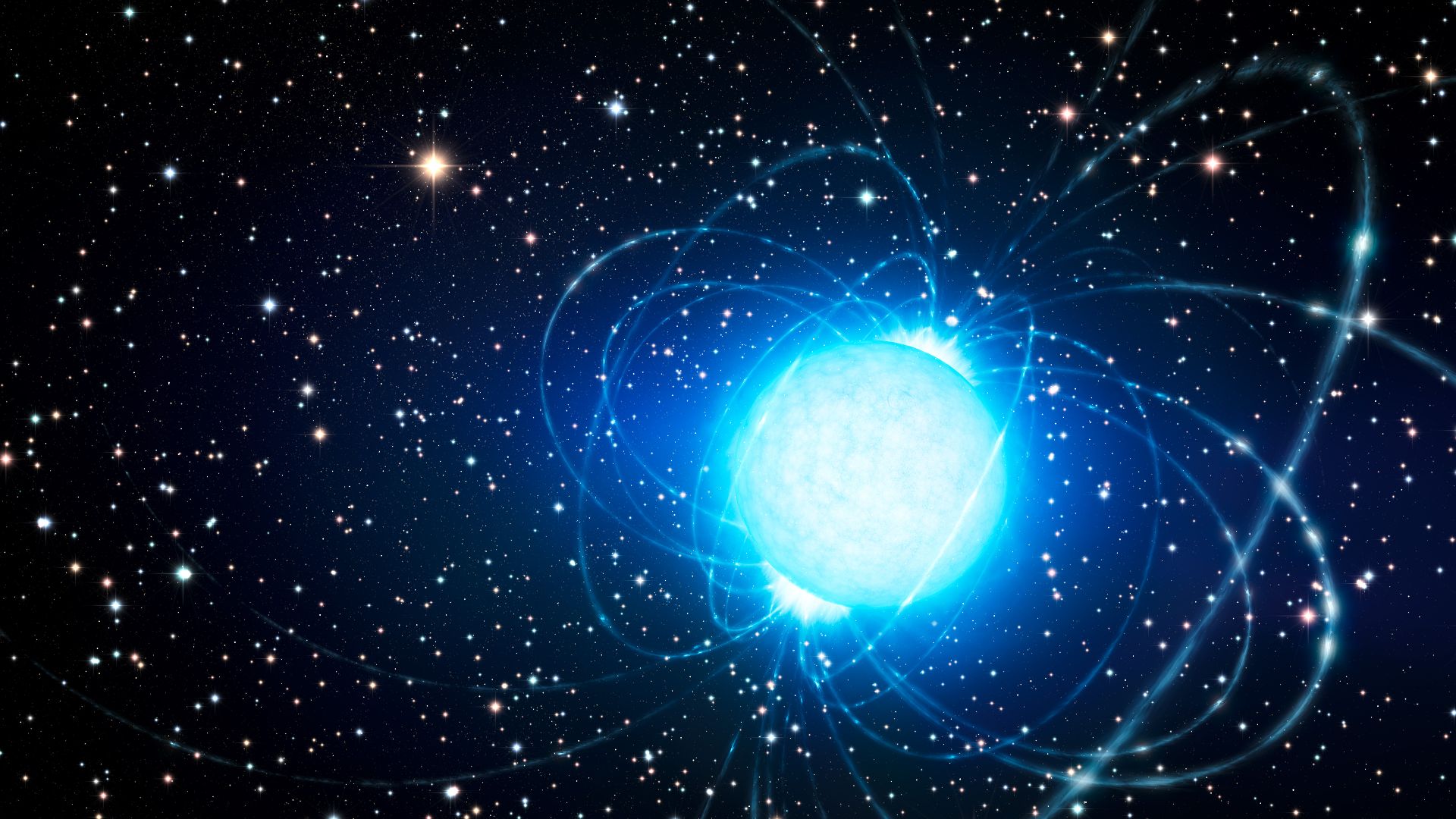 ESO/L. Calçada, Wikimedia Commons
ESO/L. Calçada, Wikimedia Commons
Impact On Dust Dynamics
Dust grains, which are critical for cooling gas clouds and enabling star formation, are also carried along these channels. This interaction can alter their size, composition, and distribution. Reportedly, observations from NASA's James Webb Space Telescope have shown such networks in nearby galaxies shaped by similar processes.
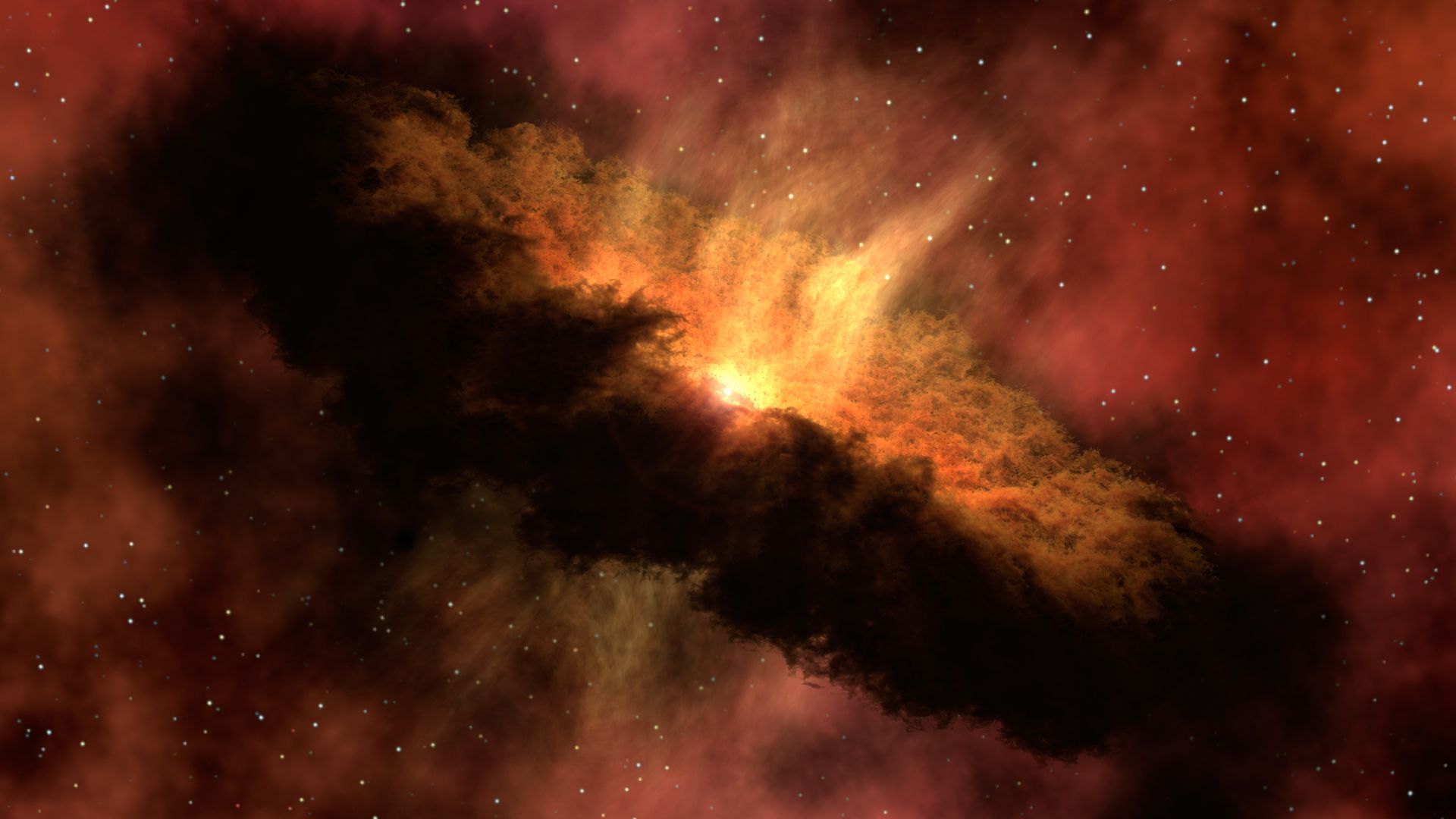 NASA/JPL-Caltech, Wikimedia Commons
NASA/JPL-Caltech, Wikimedia Commons
Computational Modeling Challenges
Scientists are employing complex computational simulations to model the dynamics and evolution of interstellar tunnels, such as those discovered within the Local Hot Bubble. These simulations aim to predict how these pathways impact galactic growth over millions of years and influence the formation of new stellar systems.
Future Research Directions
Future research in multi-wavelength observations wants to combine X-ray data, such as that from eROSITA, with observations across other wavelengths. For e.g. optical, infrared, ultraviolet, and radio. Multi-wavelength imaging has been used previously to study star-forming regions like the Large Magellanic Cloud.
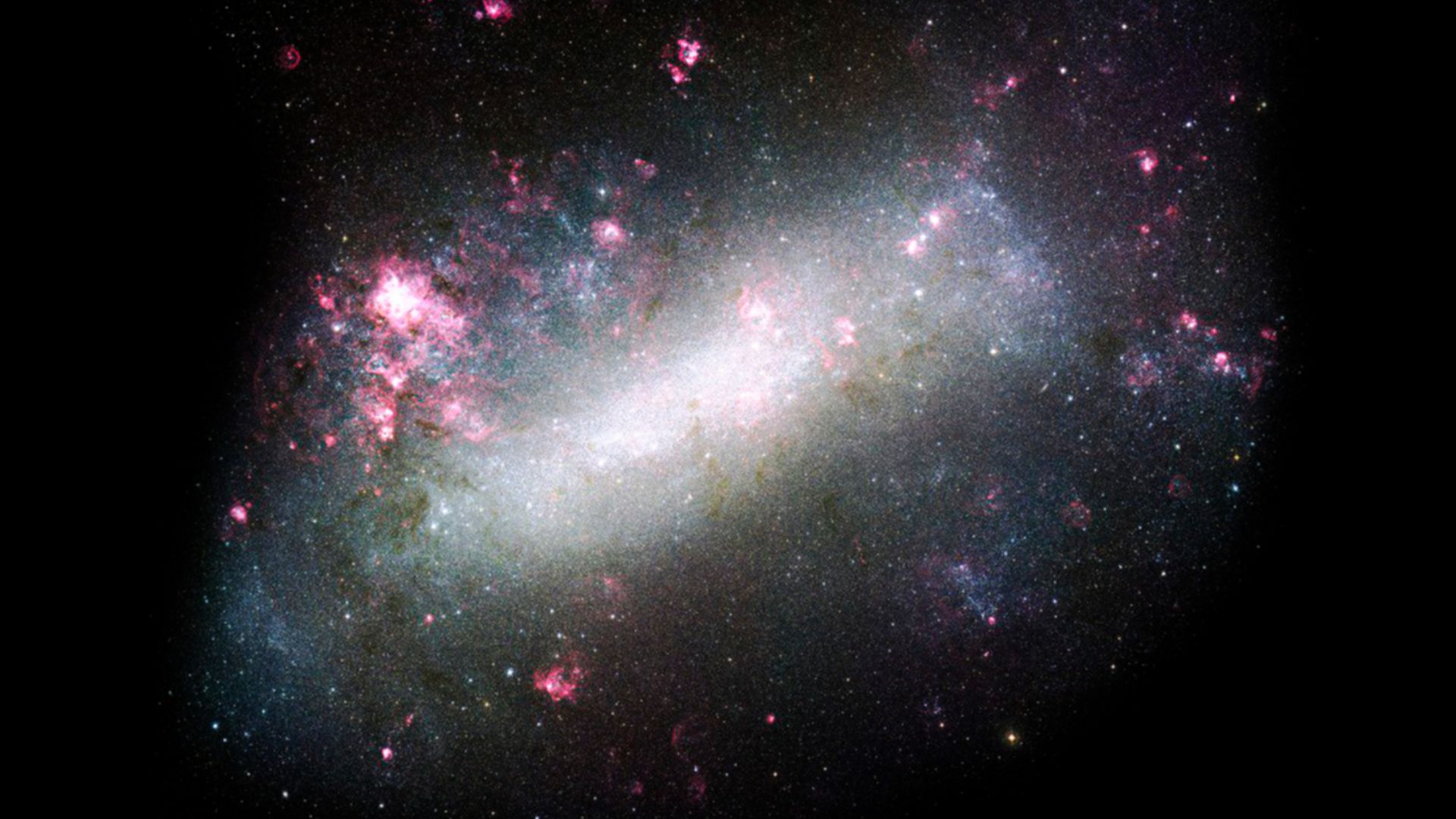 Pablo Carlos Budassi, Wikimedia Commons
Pablo Carlos Budassi, Wikimedia Commons

